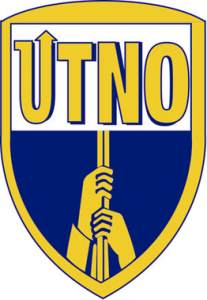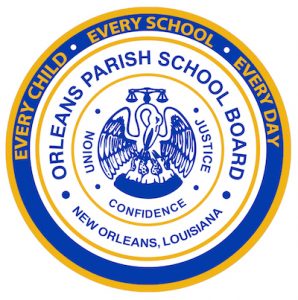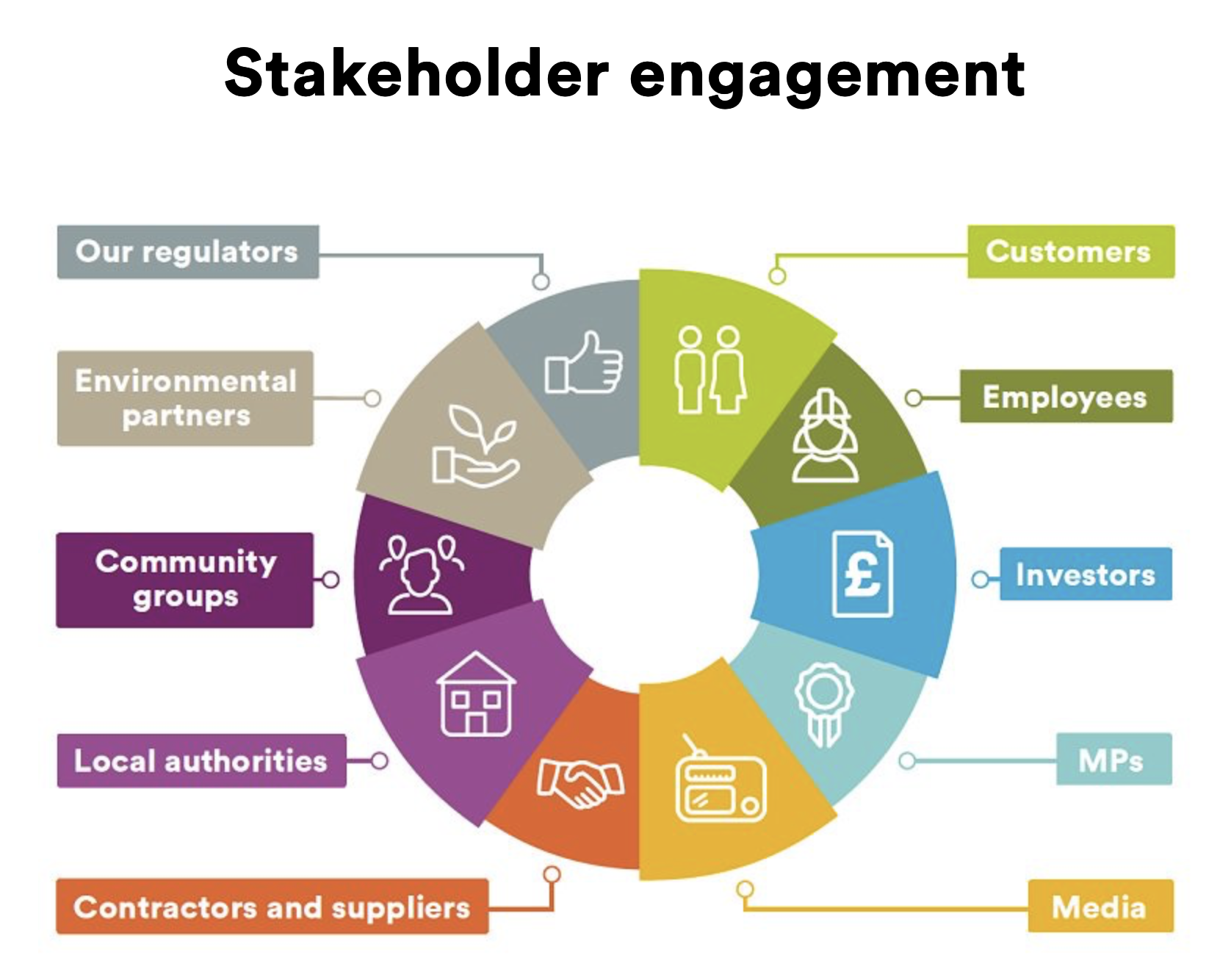What is Academia?
Academia is the schools and learning communities within the city. It is innovation for a better future for the children.
In New Orleans, there are five key stakeholder organizations; United Teachers of New Orleans, Orleans Parish School Board, State of Louisiana, Algiers Charter School Association; and Moir Ray Nagin’s “Bring New Orleans Back” Education Subcommittee.
Most of these stakeholders are associated with the academia of New Orleans. These Stakeholders were a big part of New Orlean’s recovery from Hurricane Katrina. These five stakeholders were analyzed on their effectiveness with their public statements after Hurricane Katrina.
 Starting with Unite Teachers of New Orleans (UTNO). Groups within the community suggested to UTNO that the schools’ redesign should precede the reopening of the schools. The [resident of UTNO insisted “that all attentions on the resumption od instruction”. The UTNO leader did not want to make any drastic changes to the school system and “should be put off until a later date”. The union forced the school district to reopen some schools in the district. The UTNO failed to listen to the community and made decisions only for their benefit.
Starting with Unite Teachers of New Orleans (UTNO). Groups within the community suggested to UTNO that the schools’ redesign should precede the reopening of the schools. The [resident of UTNO insisted “that all attentions on the resumption od instruction”. The UTNO leader did not want to make any drastic changes to the school system and “should be put off until a later date”. The union forced the school district to reopen some schools in the district. The UTNO failed to listen to the community and made decisions only for their benefit.
 Orleans Parish School Board (OPSB) is an important influencer in the lives of the New Orleans’ children. Before Katrina hit, there was already a distrust between the community and the district due to the loss of 71 million dollars of federal funds that went unaccounted for. At the first meeting, the OPSB had proposed to open their schools on November 1st, but the board failed to reach its goal due to financial problems. They pushed their opening date to November 15th, yet thy didn’t manage o open their schools until November 28th. This was three days before the state came in and took over 102 out of the 117 campuses in New Orleans.
Orleans Parish School Board (OPSB) is an important influencer in the lives of the New Orleans’ children. Before Katrina hit, there was already a distrust between the community and the district due to the loss of 71 million dollars of federal funds that went unaccounted for. At the first meeting, the OPSB had proposed to open their schools on November 1st, but the board failed to reach its goal due to financial problems. They pushed their opening date to November 15th, yet thy didn’t manage o open their schools until November 28th. This was three days before the state came in and took over 102 out of the 117 campuses in New Orleans.
The State of Louisianna stepped in 6 weeks after Katrina hit. State Leaders saw this as an opportunity to rebuild the “underperformed” New Orleans school system. They knew that the system was already flawed and took over 102 schools in the community. Thes failing schools were run by a state program “Recovery School District”. This program would have until May to come up with a plan of action for the 102 schools. The people in New Orleans were in agreement with this system. They knew that some change would come from the State level since New Orleans Boards were not trusted anymore.

Algiers Charter School Association (ACSA) petitioned the board to build charter schools in the less damaged areas of West Bank. They approved the building of one school and handed over control of 13 public schools to ACSA. They were also given a 22.6 million budget to open eight schools. They were critiqued about not having the basic skills for teaching applicants, but they were running schools better than the rest of New Orleans.
Led by Mayor Ray Nagin, the Mayor’s Bring New Orleans Back Education Committee (BNOB-ED) created seven committees to guide the city after the storm. They created the “educational network model” that would address the inequity of the old system. While creating the new system, the State stepped in and took over the schools. BNOB-ED had to present its system to many different groups. The plan was ignored, but the city may implement portions of the plan in the future.
These important stakeholders have done what they could to mediate the New Orlean’s school system. The public is worried that New Orleans will fall back to their old system and old ways. Clearly, what was done in the past was not working and will never work. Currently, there are schools that are running experiments with different educational systems, to see which one the students adapt to the best.
https://files.eric.ed.gov/fulltext/EJ784847.pdf
